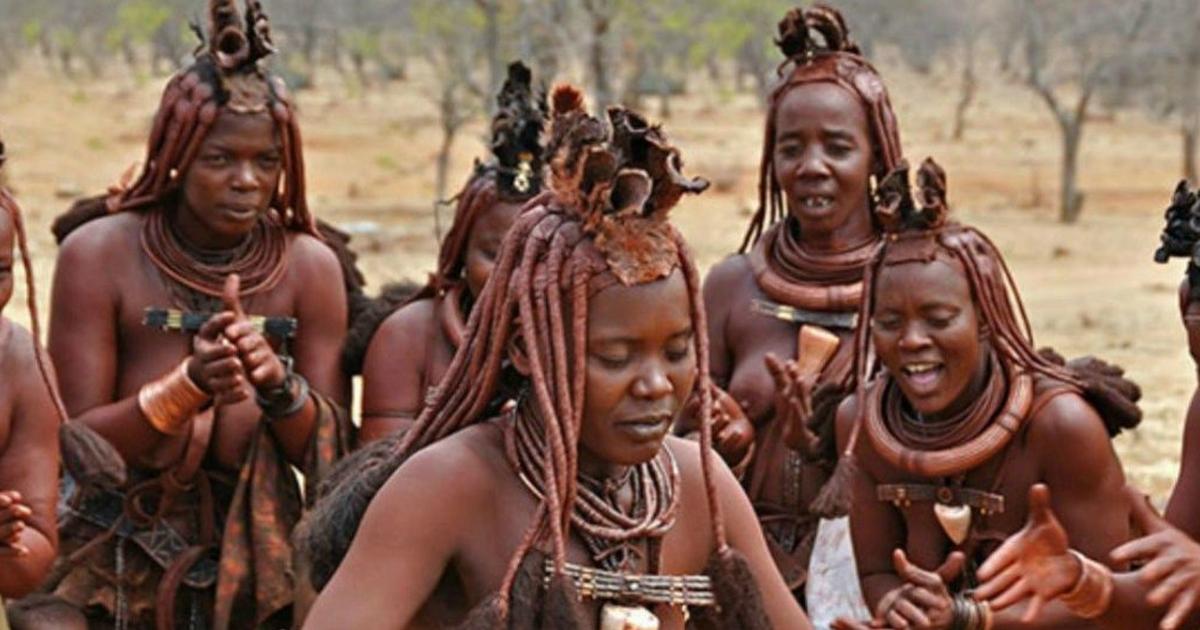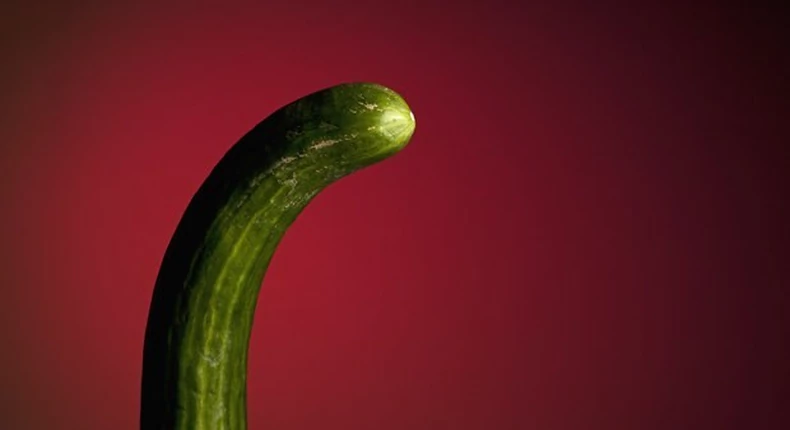Meet the African tribe that offers s*x to guests

In Nnedi Okorafor’s novella trilogy “Binti,” the character “Binti” was inspired on the fascinating and distinctive Himba tribe.
The semi-nomadic Ovahimba and Ovazimba tribes live in Northern Namibia’s Kunene and Omusati areas.
For them, it is common for the women to carry out daily tasks like milking cows and caring for the kids while the men go hunting, occasionally disappearing for extended periods of time.
The Himba, a polygamous people with a population of over 50,000, marry off their girls to male partners chosen by their fathers once they reach puberty.
In spite of pressure from the west and impact, the most of their civilizations have survived.
The “Man comes first” custom is one of them. The woman’s input into decision-making is minimal to nonexistent. She first submits to her husband’s requests.
As reported by the Guardian, “The Okujepisa Omukazendu treatment, in which the wife is given to the visitor to spend the night while the husband sleeps in another room, is a way for a man to express his acceptance and happiness upon seeing his visitor when he answers the door. In the event that there isn’t a hotel available, her spouse will spend the night outside.”
This, it seems, lessens jealousy and strengthens bonds between people.
The prohibition against bathing is another custom that has endured through the ages. The women apply fragrant resins to their skin and take a smoke bath instead of taking a bath. They are also influenced by the notion that red denotes “Earth and blood.” One of the things that really sets them apart is their crimson skin. Their skin is protected from the harsh desert sun and insect bites by the red color of the otjize paste (a mixture of butterfat, omuzumba scrub, and ochre).
Influence of the Himba in African Literature
There isn’t much literary representation of the Himba people. However, the main character, Binti, hails from the Himba people in Nnedi Okorafor Binti. A “tribe in Namibia who use’sweet-smelling otjize’, a mixture of ochre and butterfat over their skin, rolling it into their hair as protection against the desert sun,” is how Okorafor describes the group. Contrary to the actual Himba people, who are nomads, the Himba in the novella do not travel.








Your point of view caught my eye and was very interesting. Thanks. I have a question for you.
Can you be more specific about the content of your article? After reading it, I still have some doubts. Hope you can help me.